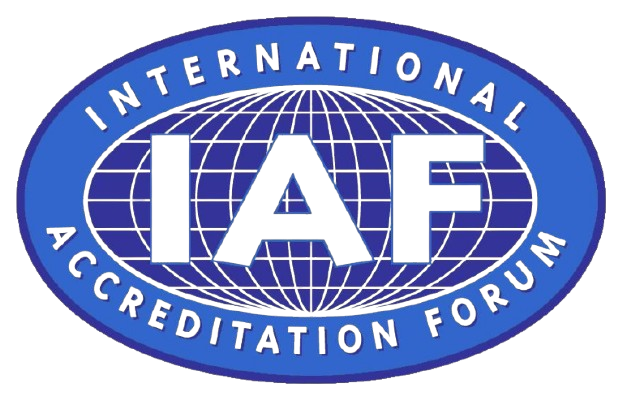

Occupational health and safety (OHS) have become critical components of workplace management in today’s fast-paced industrial landscape. As industries strive to create safer work environments, adopting comprehensive and effective standards becomes essential. One such pivotal standard is ISO 45001, which provides a robust framework for organizations to manage and enhance their OHS performance. By implementing ISO 45001, companies can demonstrate their commitment to improving employee safety, reducing workplace hazards, and fostering a culture of continuous improvement.
“Given below is the more detail about the ISO 45001 – an OHSMS standard and you might be interested learning more about it. Rest of the part you can avail the certification from ICS to get your organizational dream come true by contact us by clicking below button.”
Published in March 2018, ISO 45001 has quickly gained recognition as a game-changer in the realm of OHS management. The transition from OHSAS 18001 to ISO 45001 marked a significant shift in how organizations approach workplace safety. Unlike its predecessor, ISO 45001 aligns with the high-level structure (HLS) used in other ISO management system standards, such as ISO 9001 and ISO 14001. This alignment facilitates seamless integration for organizations already certified to these standards, making ISO 45001 implementation more straightforward and efficient.
Moreover, ISO 45001 Certification emphasizes a proactive approach to risk management. Traditionally, OHS management relied on reactive measures to address incidents after they occurred. However, ISO 45001 encourages organizations to identify potential hazards and implement preventive actions before accidents happen. This proactive stance significantly reduces the likelihood of workplace injuries and illnesses. Furthermore, ISO 45001 promotes employee involvement in the OHS management system. By engaging employees in safety-related activities, organizations can tap into their valuable insights and foster a sense of ownership and responsibility for workplace safety.
Compliance with ISO 45001 Certification leads to fewer accidents and injuries.
This results in lower insurance premiums.
Reduces legal liabilities associated with workplace incidents.
Organizations that implement ISO 45001 often see a boost in productivity.
Employees feel safe and valued, leading to higher engagement and motivation.
Enhanced employee well-being contributes to overall better performance.
Robust OHS management systems make organizations more appealing to
prospective employees.
Companies that prioritize employee safety and well-being attract and retain top talent.
Transitioning from OHSAS 18001 to ISO 45001 may seem challenging; however, the benefits far outweigh the initial efforts required. For organizations currently certified to OHSAS 18001, the transition process is relatively straightforward due to the shared high-level structure of ISO management system standards. Furthermore, ISO 45001 includes specific requirements for leadership and worker participation, ensuring that OHS management becomes an integral part of the organization’s culture. By involving top management and employees in the OHS processes, organizations can create a safer and more collaborative work environment.
Implementing ISO 45001 requires a thorough understanding of the organization’s context. Companies must consider both internal and external factors that can impact their OHS management system. By conducting a comprehensive analysis of these factors, organizations can develop tailored strategies to address potential risks and opportunities. Additionally, setting realistic and achievable objectives based on this analysis ensures continuous improvement in OHS performance. Monitoring and measuring these objectives further enhances the effectiveness of the OHS management system.
Another crucial aspect of ISO 45001 is the emphasis on communication and consultation. Effective communication ensures that all employees are aware of the organization’s OHS policies, procedures, and objectives. Regular safety meetings, training sessions, and awareness campaigns can help disseminate this information. Consultation, on the other hand, involves actively seeking input from employees and other stakeholders. This collaborative approach not only enhances the effectiveness of the OHS management system but also promotes a culture of transparency and trust.
Furthermore, ISO 45001 requires organizations to establish and maintain documented information to support the effective implementation and operation of the OHS management system. This documentation includes policies, procedures, records, and other relevant information that demonstrate compliance with the standard’s requirements. Maintaining accurate and up-to-date documentation ensures that organizations can provide evidence of their commitment to OHS and facilitates the auditing process.
ISO 45001 Certification revolutionizes occupational health and safety management by providing a comprehensive framework for organizations to proactively manage workplace risks, improve employee safety, and foster a culture of continuous improvement. By implementing ISO 45001, organizations can enhance their reputation, credibility, and overall performance. The numerous benefits of ISO 45001, such as reduced accidents, lower insurance premiums, and increased employee morale, make it an invaluable tool for organizations worldwide. Ultimately, ISO 45001 sets the stage for a safer, healthier, and more productive work environment, ensuring that occupational health and safety remains a top priority for organizations across all industries.

For Quick Contact Leave Your Message We will Contact You Shortly Or Call Us At Given Numbers or Email Addresses. We Love to Deliver Our Efficient Services.
Copyright All Rights Reserved © 2025